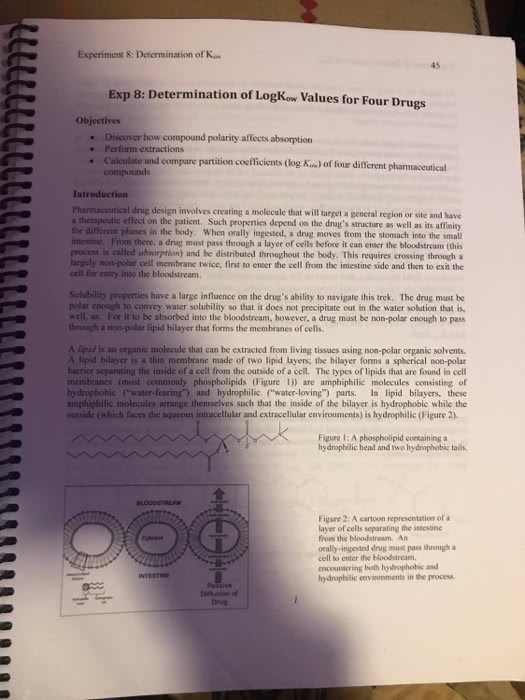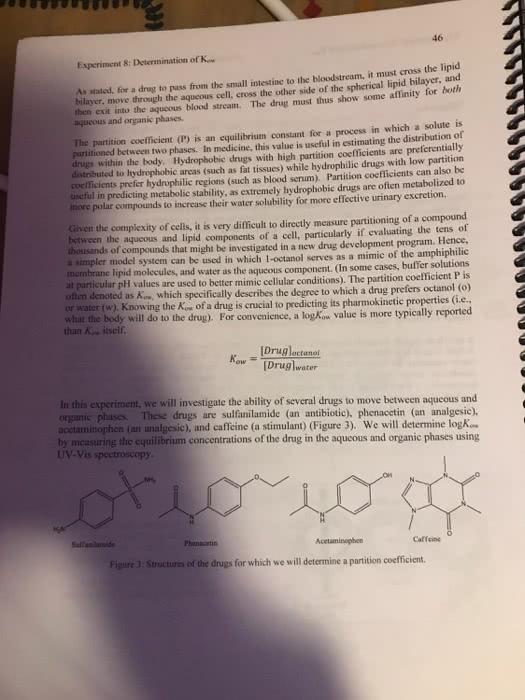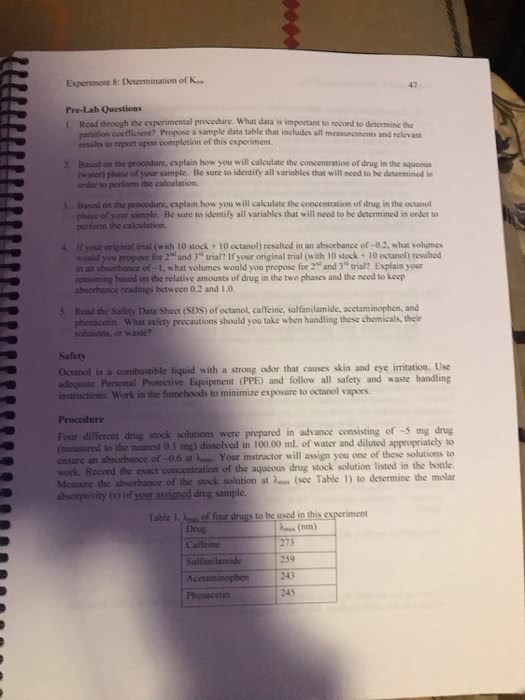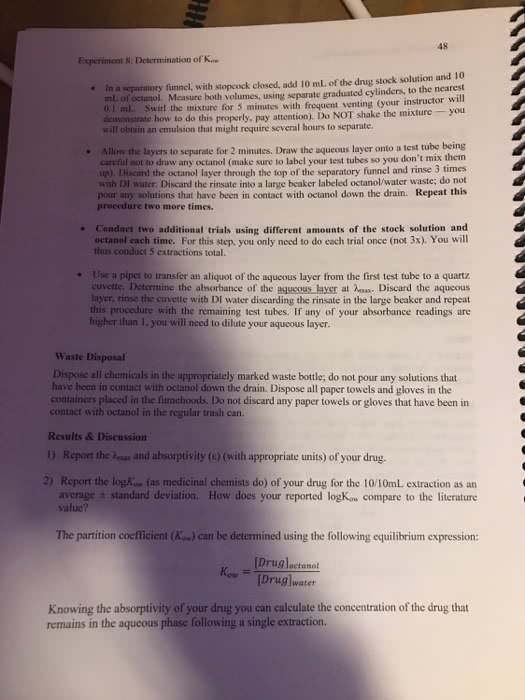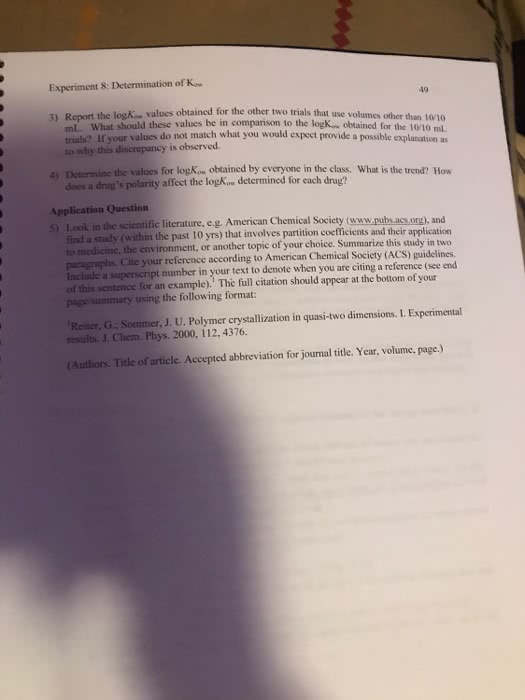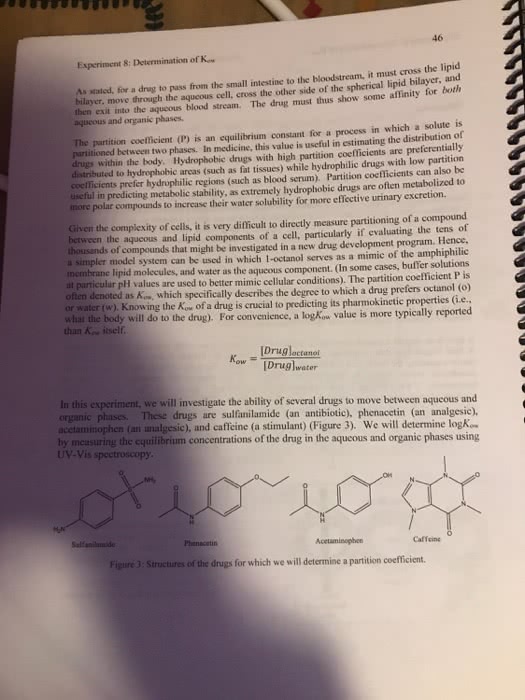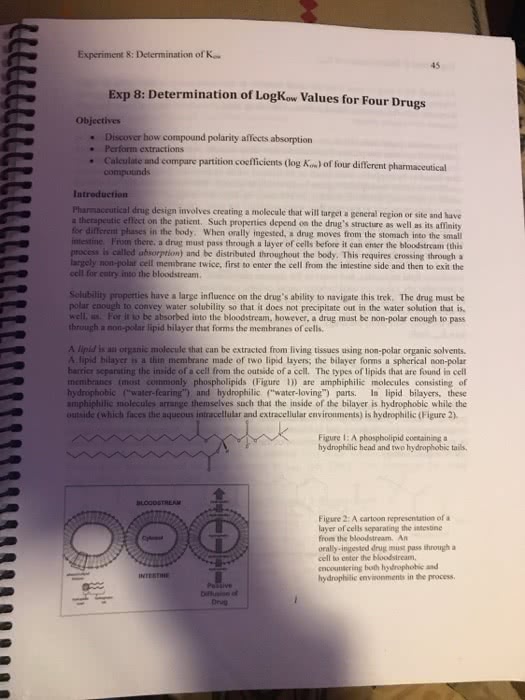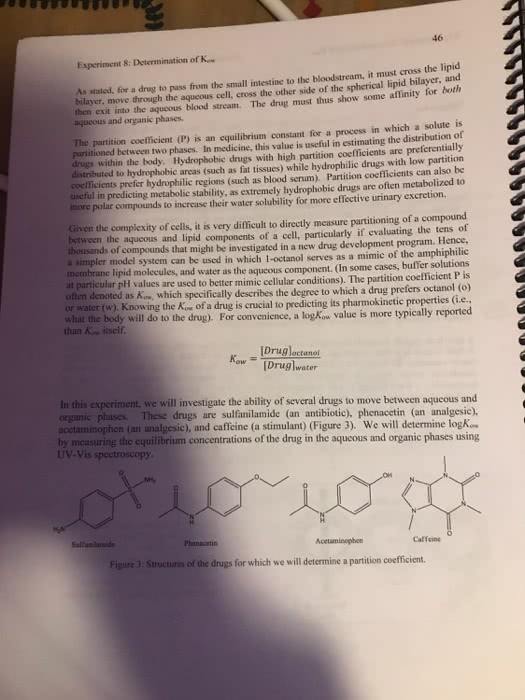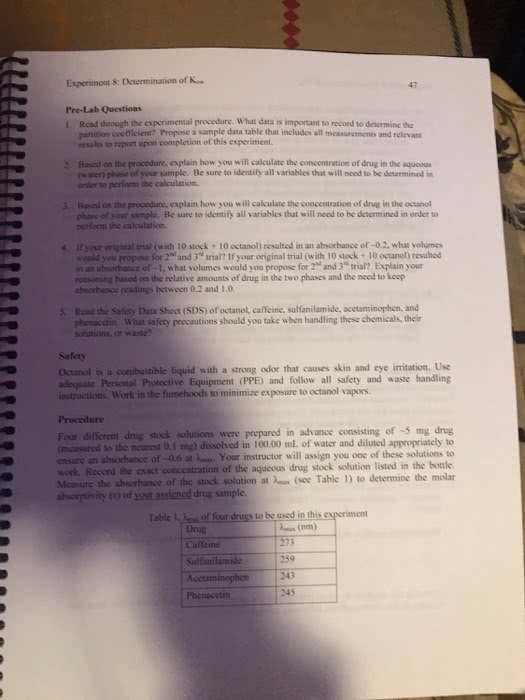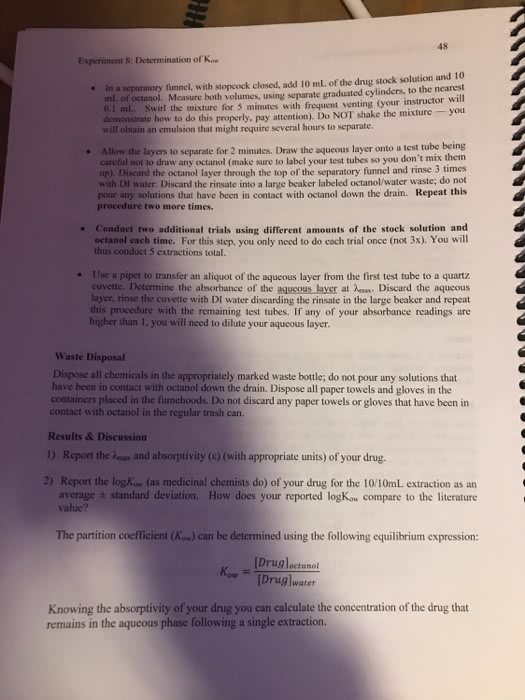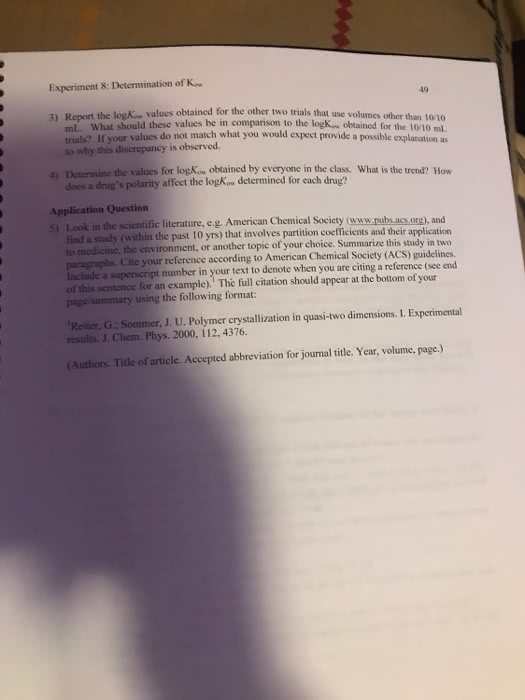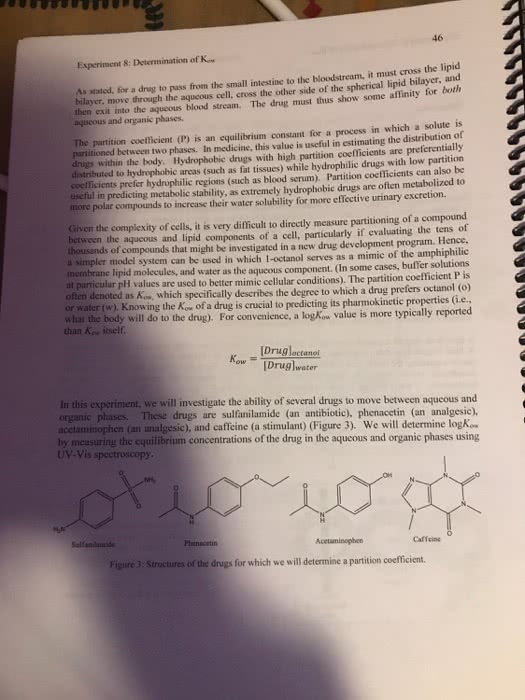BIOC 3560 Lecture Notes - Lecture 6: Lipid Bilayer, Membrane Lipids, Ethanolamine

BIOC 3560 Lecture 6
Functions of cellular membranes
• Compartmentalization of the organism into cells
• Presentation or molecules that allow surface recognition (self/not-self tissue,
example: blood type)
• Permeability barrier that allows certain molecular and ionic compositions
inside and outside (passive, facilitated, and active diffusion)
• Communication channel between inside and outside
Composition
• Cellular membranes are defined by their lipid organization
• Have lots of proteins embedded too
• A few carbohydrates are present as modifications of both proteins and lipids
• Typical composition
o 45% lipid
o 50% protein
o 5% carbs
Lipids
• Membrane lipids are amphipathic (both polar and non-polar)
• Heads are hydrophilic (face out of the bilayer)
• Tails are hydrophobic (inside the bilayer)
• Different backbones, head groups, and fatty acids give rise to thousands of
chemically distinct lipids
• Includes phospholipids, cholesterol, glycolipids
Glycerolipids
• Most lipids have glycerol as a backbone
• Position 1 and 2 have fatty acids attached by an ester linkage
o 2 is normally – but not always – an unsaturated fatty acid
• Position 3 is occupied by a hydrophilic head group (X)
Phosphoglycerides (aka glycerophospholipids)
• In phosphoglycerides, a phosphate group is attached to the third glycerol
hydroxyl group (3rd position)
• A head group (X) is linked to the phosphates by an alcohol group
• The phosphate group imparts a -1 charge, causing a net charge of -1
o Phosphoatidic acid → X is a H
o Phosphoatidylethanolamine → X is called ethanolamine
o Phosphoatidyl choline →X is called choline
o Phosphoatidyl serine → X is called serine
** Know these and how to draw the structures
find more resources at oneclass.com
find more resources at oneclass.com
Document Summary
Composition: cellular membranes are defined by their lipid organization, have lots of proteins embedded too, a few carbohydrates are present as modifications of both proteins and lipids, typical composition, 45% lipid, 50% protein, 5% carbs. Lipids: membrane lipids are amphipathic (both polar and non-polar, heads are hydrophilic (face out of the bilayer, tails are hydrophobic (inside the bilayer, different backbones, head groups, and fatty acids give rise to thousands of chemically distinct lipids. ** know these and how to draw the structures. Glycolipids: some lipid have carbohydrate head groups, can be a single sugar, or a complex, branching sutructure. In mammals, glycosphingolipids have a sphingosine backbone, one fatty acids, and a carb head group: glcophsingolipids are found on the outer face of a membrane, example: abo blood-type system. Classification of lipidsl: storage of lipids, triacylglycerols (tag, membrane lipids (polar, phospholipids, glycerophospholipids, sphingolipids, glycolipids, sphingolipids, galactolipids.


